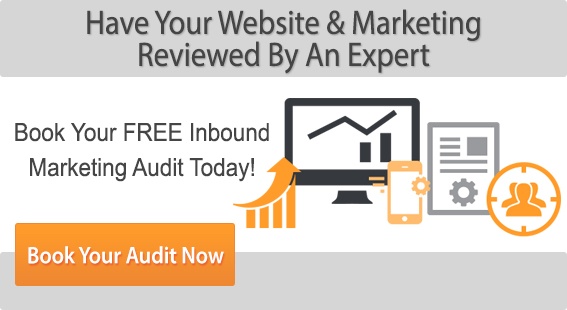Four Tips for Developing Effective Call to Action Buttons

1) Colour Choice
Effective call to action buttons all have several things in common, including visual impact. The colour of the CTA button, for example, makes a difference in conversion rates, with red often outperforming other colours in A/B testing. Colour is not the only factor to consider, however. The button colour should stand in contrast to your background colours, and preferably, it should not be a colour that’s been used anywhere else on the page.
2) Whitespace
To aid with visual impact, place the CTA button against a whitespace, or on an area of the web page that is lighter in colour than the rest of the page. Of course, be careful not to place it too far away from the page content, because placement can negatively affect conversion rates, too.
3) Page Placement
The more prominent the location of the CTA button, the easier it will be for the consumer to find. So, location is instrumental to the success of a call-to-action button. The old rule of thumb about placing the CTA button above the fold is still a good idea, though it’s not nearly as important as it was a number of years ago. The development of responsive design and changing consumer browsing habits allow for more flexibility in button placement. However, there are still a few things to consider.
-
If the offer is complex, and the information presented to the reader causes the page to run long, add more than one CTA button along the reading path.
-
When the CTA button is below the fold, use directional cues to guide the reader.
-
Do not place the CTA button anywhere there is visual clutter.
4) Call to Action Phrases
The CTA button is prime territory, so there is no room to waste space on frivolous text. Let the consumer know exactly why they should click the button. For example, instead of “Submit” or “Click Here” , use “Start Your Free Trial” or “Download Your Free Ebook Now”.
Bonus tip: Position your Privacy Policy below the call to action button. Its presence can add credibility to your offer, even if most people never bother to read it.
Is it working?
Of course, ongoing follow-up is necessary to ensure that you have an effective call to action button. Analysing results will also let you know when it’s time to tweak your strategy. A common way to confirm the effectiveness of your call to action phrases and buttons is to use A/B testing. The results will offer insight into which presentation yields the best results and generates the most conversions. A/B testing is a powerful tool to help identify and create the most effective CTA buttons. In one example, A/B testing increased the CTR by 211%.
All online marketing strategies have an end game, which is to draw in leads and convert them into paying customers. Often, the approach will work well enough that consumers find their way to your business call to action page. However, if the CTA page is confusing, they’ll opt out of the experience, and your bounce rate will increase, instead of your conversion rate. Minimise the possibility of confusion by utilising these tips that are meant to draw your reader's eyes quickly to the CTA button and prompt them to take action.
Article by Will Williamson


